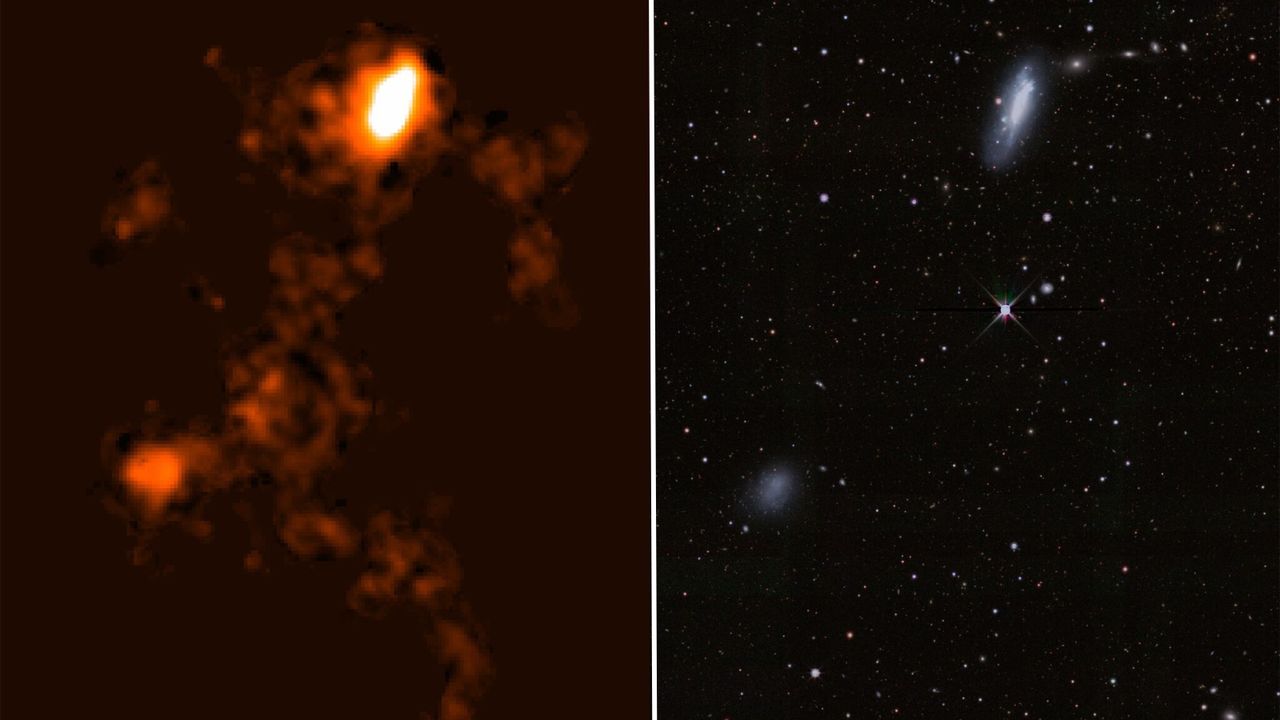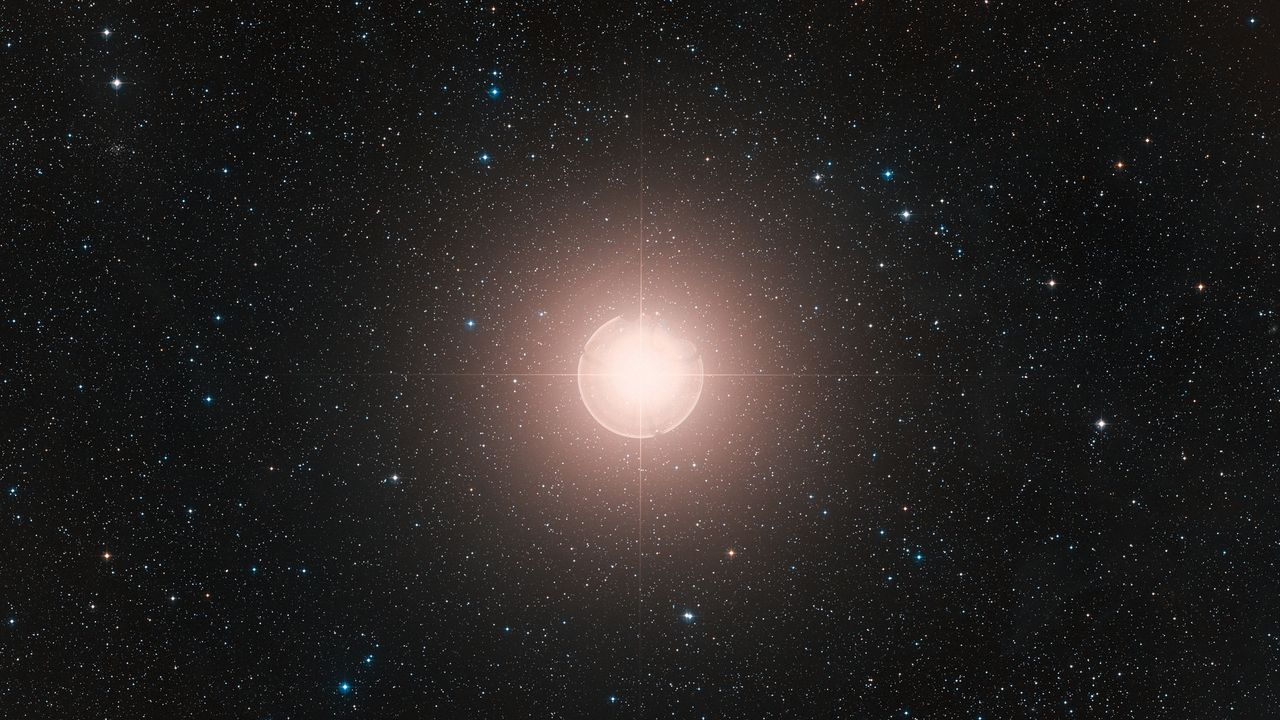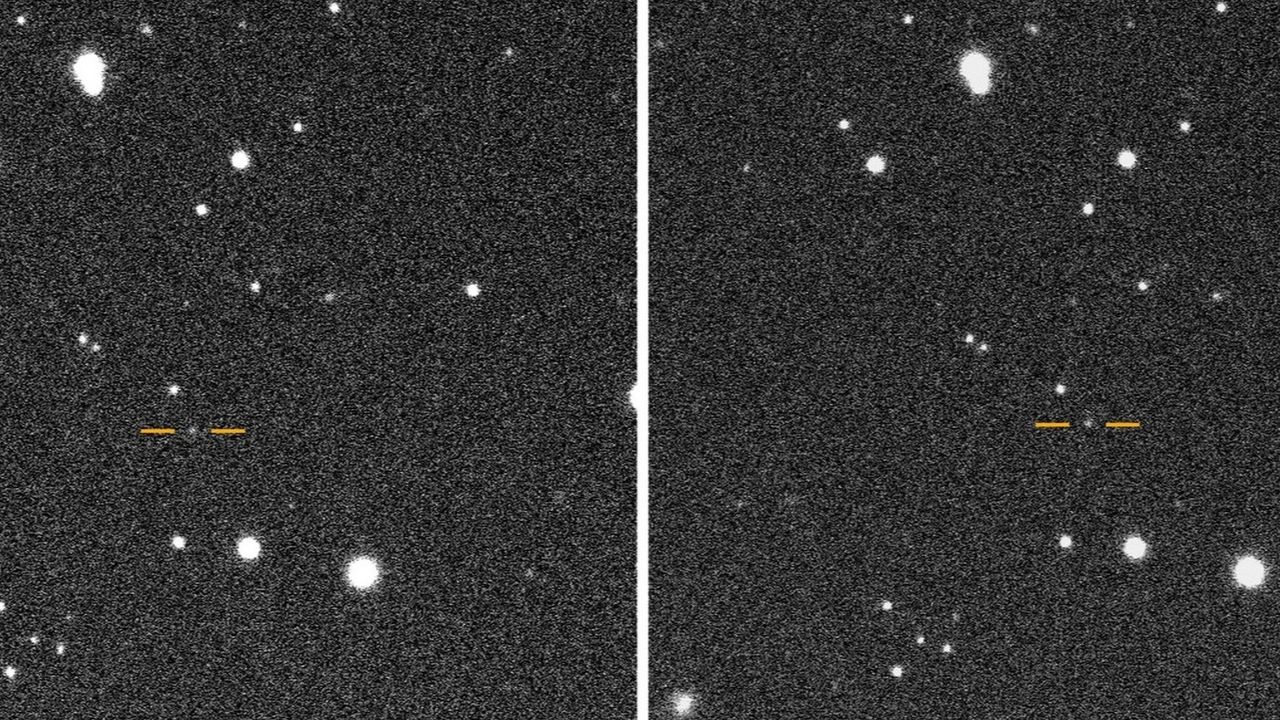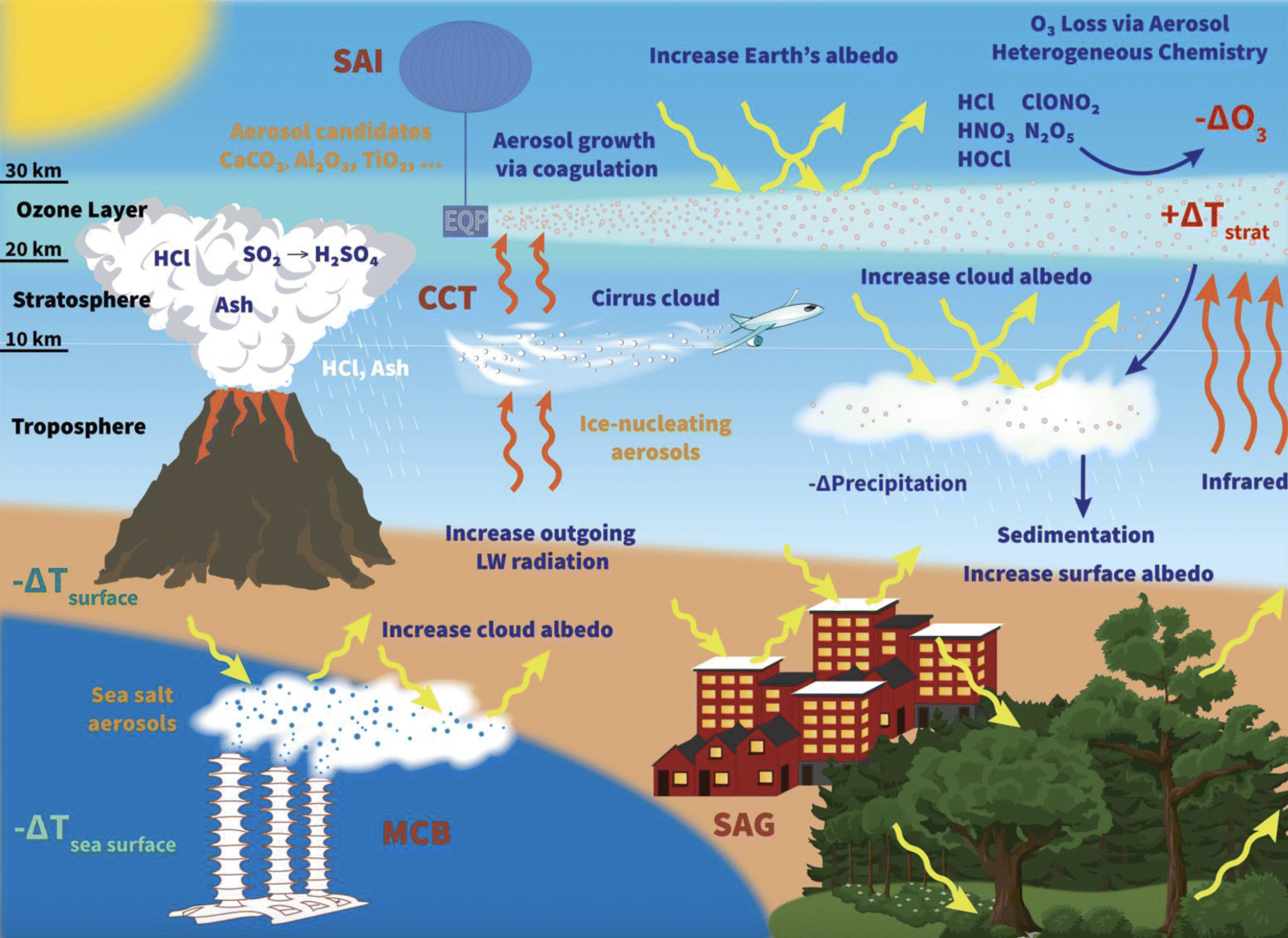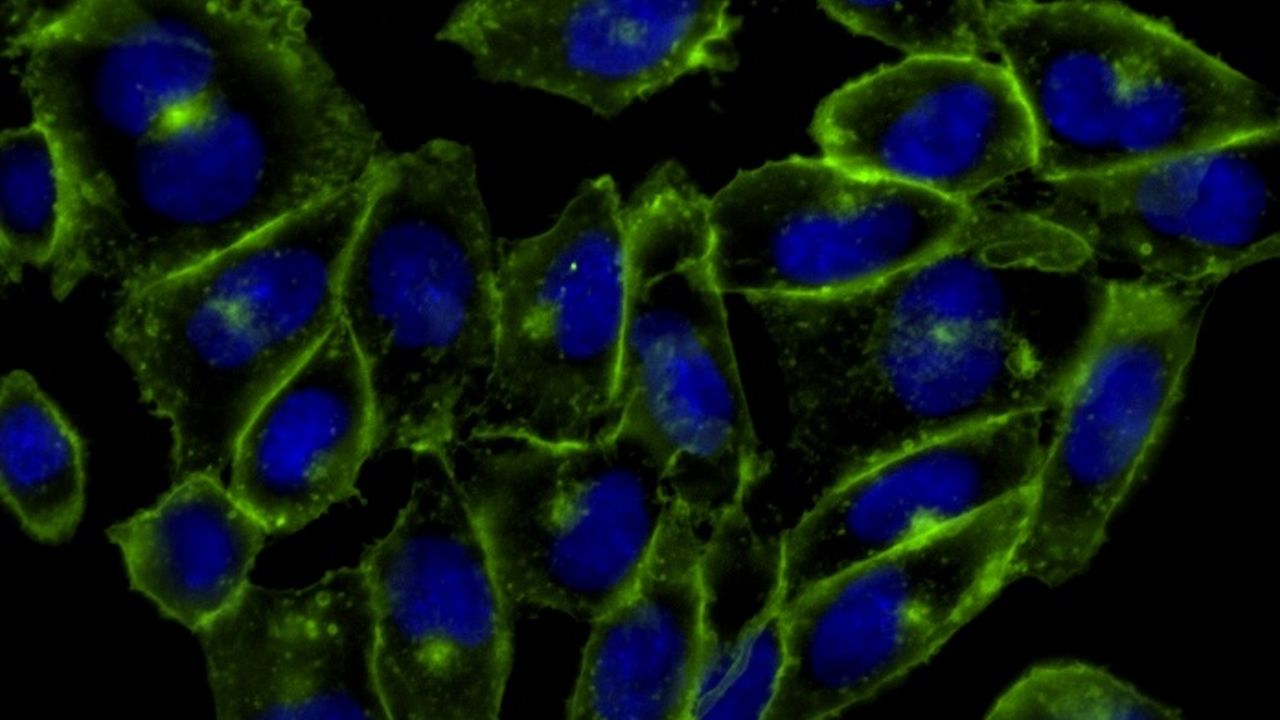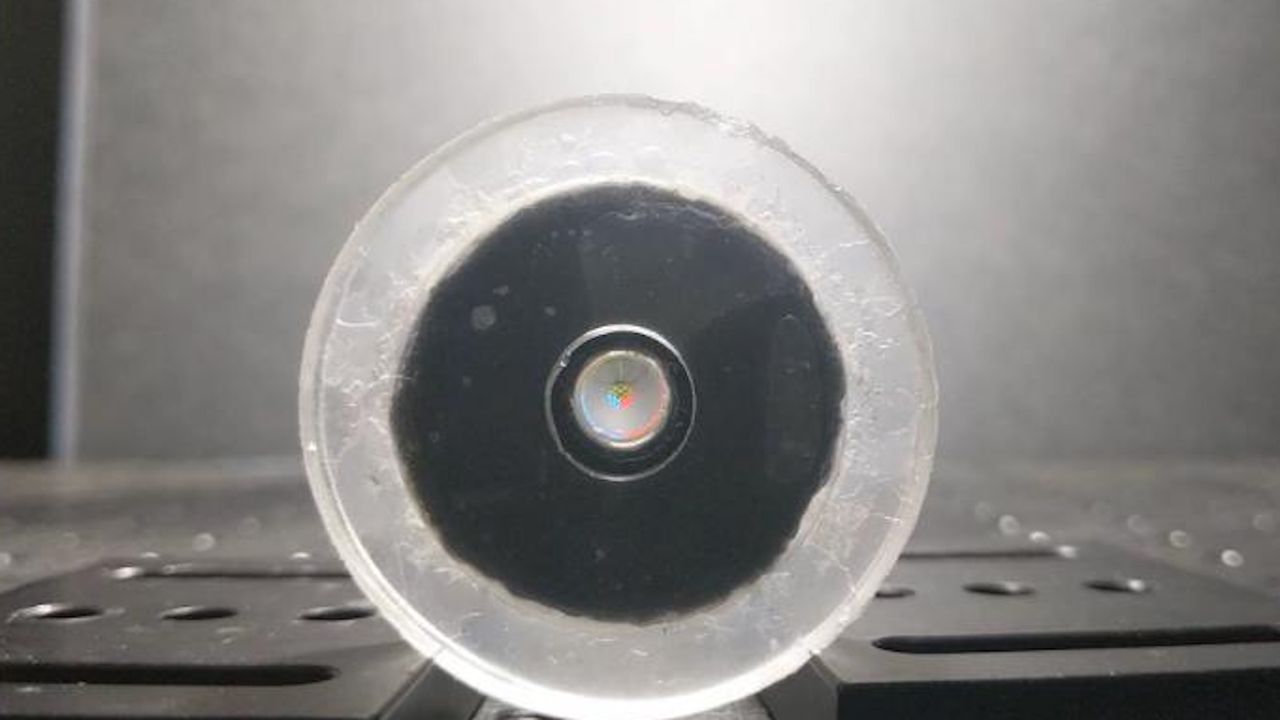Mysterious glow at the Milky Way's center could reshape a major cosmic theory
PositiveScience
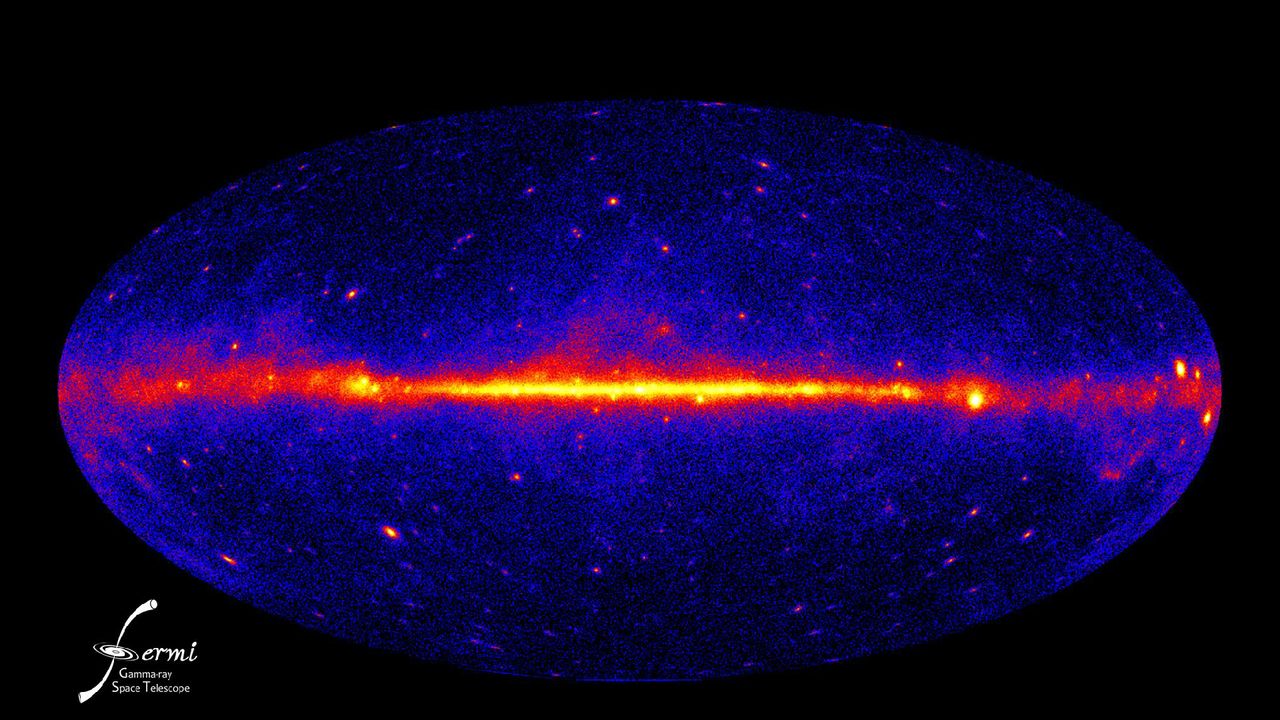
A mysterious glow at the center of the Milky Way has intrigued astronomers for over a decade, and recent research may finally provide answers. This discovery not only sheds light on the enigmatic glow but also has the potential to reshape our understanding of dark matter, a fundamental component of the universe. As scientists delve deeper into this phenomenon, it could lead to groundbreaking advancements in astrophysics and our comprehension of cosmic structures.
— Curated by the World Pulse Now AI Editorial System
